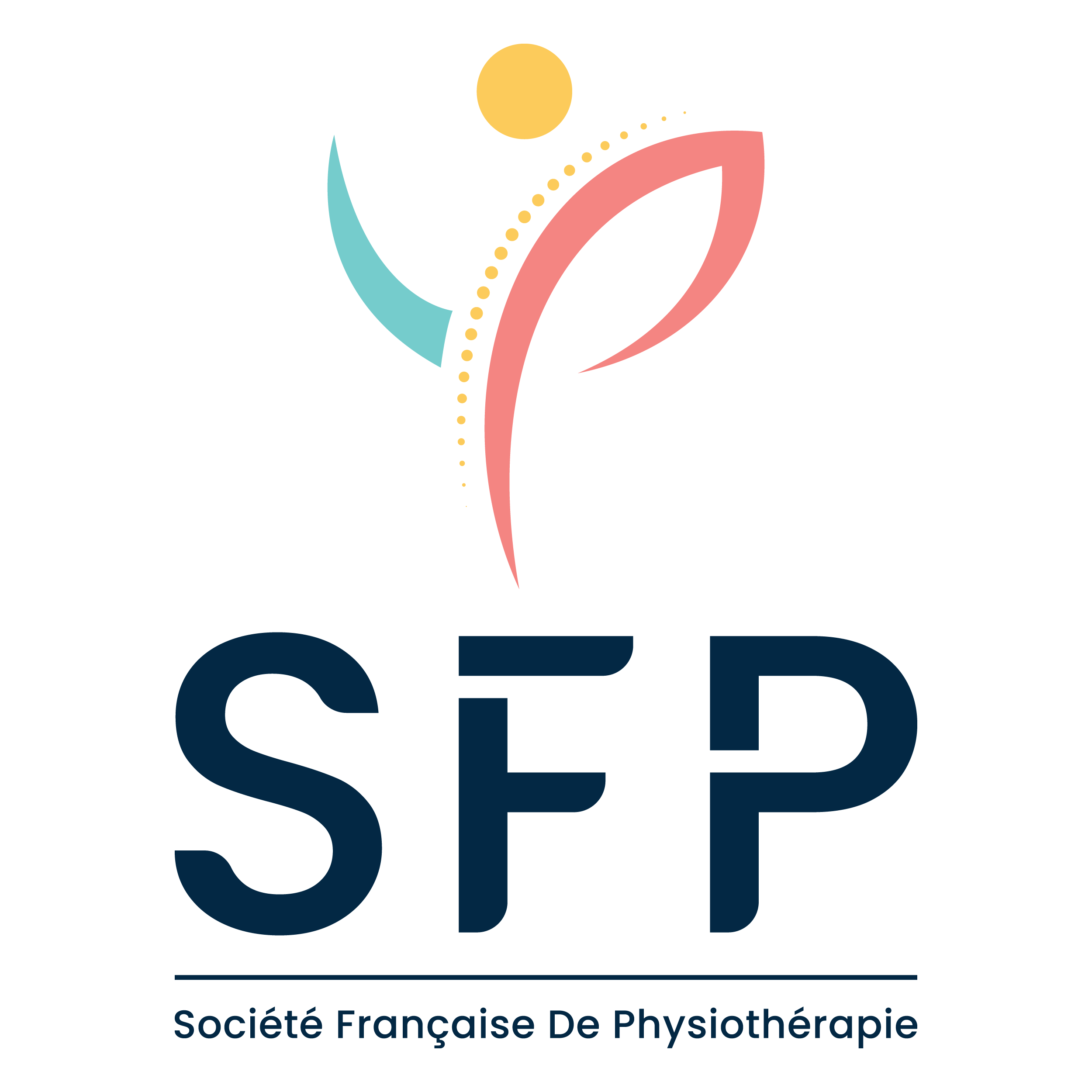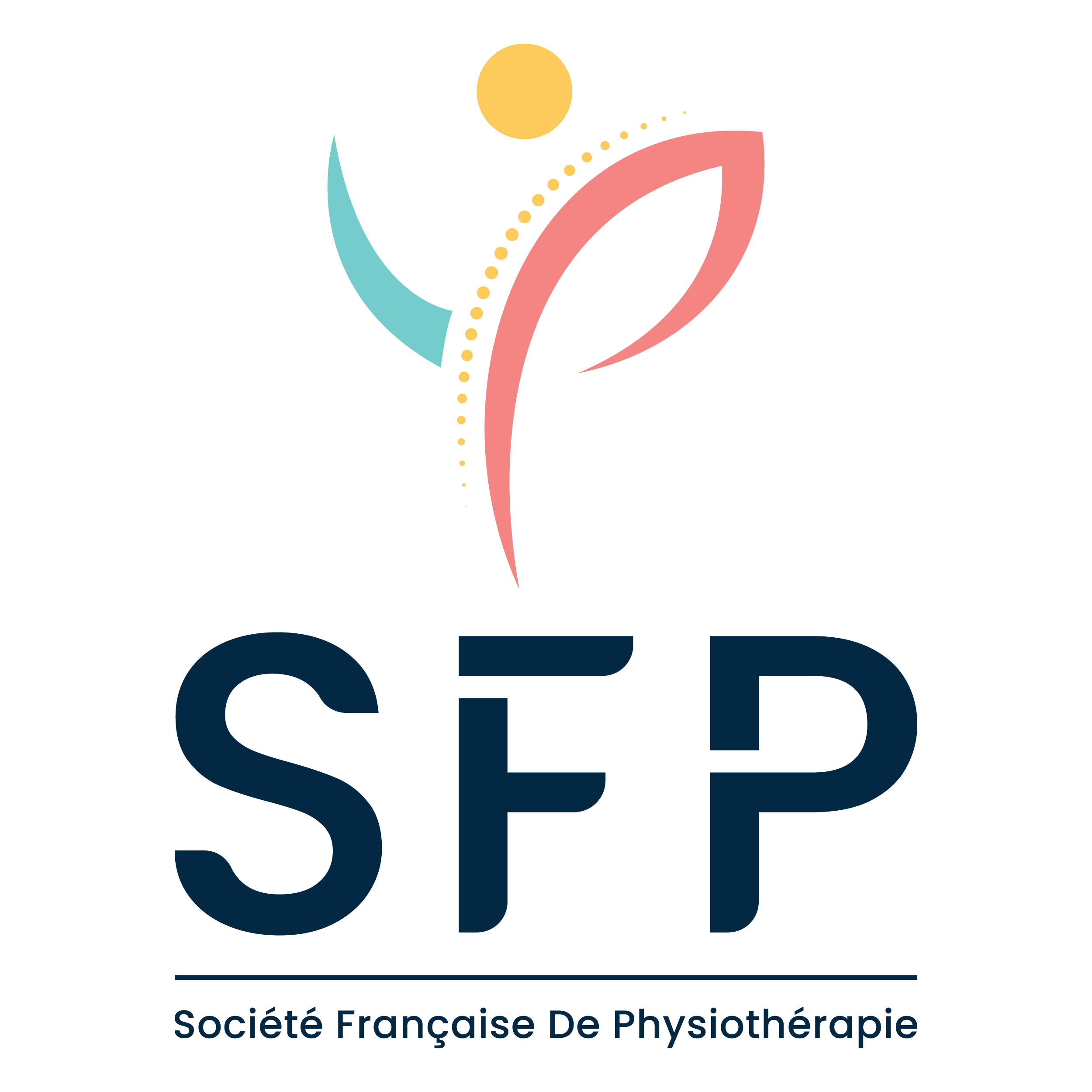News

Bilans AVC_Fugl-meyer Assessment of Motor performance
Fugl-Meyer Assessment of Motor Recovery
Fugl-Meyer et al. 1975
Fiche pdf à remplir Fiche excell à remplir Protocole
| Mode d'évaluation | Domaine de la CIF | Sous-domaine |
| Basé sur la performance | Fonction physiologique | Fonction motrice |
| Objectif de l'outil de mesure | Temps de réalisation | Formation de l'évaluateur |
|
Prédire la récupération Evaluer les changements |
30 minutes | Lecture du manuel |
| Interprétation des résultats |
| Validité prédictive |
|
Réalisé en phase aigüe, il permet de prédire le niveau fonctionnel du patient à 6 mois: <31pts 32 à 47pts 48pts à 52pts >53pts |
| Validité Discriminative |
| NT |
| Différence Minimale Détectable |
|
Phase sub-aigüe 9pts pour le membre supérieur Phase chronique entre 4.25 et 7.25pts pour le membre sup 6pts pour le membre inférieur |
| Différence Minimale Cliniquement Importante |
|
Phase chronique: 6pts pour le membre inférieur (Pandian et al.2016) |
NT=Non Testé (pas d'étude recensée à ce jour)
Propriétés métrologiques Recommandations Academy of Neurology of the APTA
Références:
Fugl-Meyer, A.R., Jääskö, L., Leyman, I., Olsson, S., & Steglind, S. (1975). The post-stroke hemiplegic patient. 1. A method for evaluation of physical performance. Scandinavian Journal of Rehab Medicine,7(1),13–31.
Bernspang, B., Asplund, K., et al. (1987). "Motor and perceptual impairments in acute stroke patients: effects on self-care ability." Stroke 18: 1081-1086. Find it on PubMed
Crow, J. L. and Harmeling-van der Wel, B. C. (2008). "Hierarchical properties of the motor function sections of the Fugl-Meyer assessment scale for people after stroke: a retrospective study." Phys Ther 88: 1554-1567. Find it on PubMed
Dettmann, M. A., Linder, M. T., et al. (1987). "Relationships among walking performance, postural stability, and functional assessments of the hemiplegic patient." Am J Phys Med 66: 77-90. Find it on PubMed
Duncan, P. W., Goldstein, L. B., et al. (1992). "Measurement of motor recovery after stroke. Outcome assessment and sample size requirements." Stroke 23(8): 1084-1089. Find it on PubMed
Duncan, P. W., Lai, S. M., et al. (2000). "Defining post-stroke recovery: implications for design and interpretation of drug trials." Neuropharmacology 39(5): 835-841. Find it on PubMed
Duncan, P. W., Propst, M., et al. (1983). "Reliability of the Fugl-Meyer assessment of sensorimotor recovery following cerebrovascular accident." Phys Ther 63: 1606-1610. Find it on PubMed
Gladstone, D. J., Danells, C. J., et al. (2002). "The fugl-meyer assessment of motor recovery after stroke: a critical review of its measurement properties." Neurorehabil Neural Repair 16: 232-240. Find it on PubMed
Hsieh, Y. W., Wu, C. Y., et al. (2009). "Responsiveness and validity of three outcome measures of motor function after stroke rehabilitation." Stroke 40(4): 1386-1391. Find it on PubMed
Hsueh, I. P., Hsu, M. J., et al. (2008). "Psychometric comparisons of 2 versions of the Fugl-Meyer Motor Scale and 2 versions of the Stroke Rehabilitation Assessment of Movement." Neurorehabil Neural Repair 22(6): 737-744. Find it on PubMed
Lin, J. H., Hsueh, I. P., et al. (2004). "Psychometric properties of the sensory scale of the Fugl-Meyer Assessment in stroke patients." Clin Rehabil 18(4): 391-397. Find it on PubMed
Malouin, F., Pichard, L., et al. (1994). "Evaluating motor recovery early after stroke: comparison of the Fugl-Meyer Assessment and the Motor Assessment Scale." Arch Phys Med Rehabil 75: 1206-1212. Find it on PubMed
Mao, H.-F., Hsueh, I. P., et al. (2002). "Analysis and comparison of the psychometric properties of three balance measures for stroke patients." Stroke 33: 1022-1027. Find it on PubMed
Nadeau, S., Arsenault, A. B., et al. (1999). "Analysis of the clinical factors determining natural and maximal gait speeds in adults with a stroke." Am J Phys Med Rehabil 78: 123-130. Find it on PubMed
Page, S. J., Fulk, G. D., & Boyne, P. (2012). "Clinically important differences for the upper-extremity fugl-meyer scale in people with minimal to moderate impairment due to chronic stroke." Physical Therapy 92(6): 791.Find it on PubMed
Page, S. J., Hade, E., & Persch, A. (2015). "Psychometrics of the wrist stability and hand mobility subscales of the Fugl-Meyer Assessment in moderately impaired stroke." Physical Therapy 95(1): 103-108. Find it on PubMed
Platz, T., Pinkowski, C., et al. (2005). "Reliability and validity of arm function assessment with standardized guidelines for the Fugl-Meyer Test, Action Research Arm Test and Box and Block Test: a multicentre study." Clin Rehabil 19: 404-411. Find it on PubMed
Sanford, J., Moreland, J., et al. (1993). "Reliability of the Fugl-Meyer assessment for testing motor performance in patients following stroke." Phys Ther 73: 447-454. Find it on PubMed
Shelton, F. D., Volpe, B. T., et al. (2001). "Motor impairment as a predictor of functional recovery and guide to rehabilitation treatment after stroke." Neurorehabil Neural Repair 15(3): 229-237. Find it on PubMed
Wagner, J. M., Rhodes, J. A., et al. (2008). "Reproducibility and minimal detectable change of three-dimensional kinematic analysis of reaching tasks in people with hemiparesis after stroke." Phys Ther 88(5): 652-663. Find it on PubMed
Wood-Dauphinee, S. L., Williams, J. I., et al. (1990). "Examining outcome measures in a clinical study of stroke." Stroke 21: 731-739. Find it on PubMed
Woodbury, M. L., Velozo, C. A., et al. (2008). "Longitudinal stability of the Fugl-Meyer Assessment of the upper extremity." Arch Phys Med Rehabil 89: 1563-1569. Find it on PubMed
Dutil, E., Corriveau, H., & Arsenault, A., Prévost, R. (1989). Protocole d’évaluation de la fonction sensori-motrice : test de Fugl-Meyer. La librairie de l’Université de Montréal.
Kupper,D.,& Bürge, E. (2013). Evaluation de la fonction motrice du membre supérieur parétique à la suite d’un accident vasculaire cerebral. Bruxelles: Editions Solal,De Boeck. Supérieur
See J1, Dodakian L, Chou C, Chan V, McKenzie A, Reinkensmeyer DJ, Cramer SC. (2013). A standardized approach to the Fugl-Meyer assessment and its implications for clinical trials..Neurorehabil Neural Repair. 2013 Oct;27(8):732-41














Aucun commentaire
Vous devez être connecté pour laisser un commentaire. Connectez-vous.